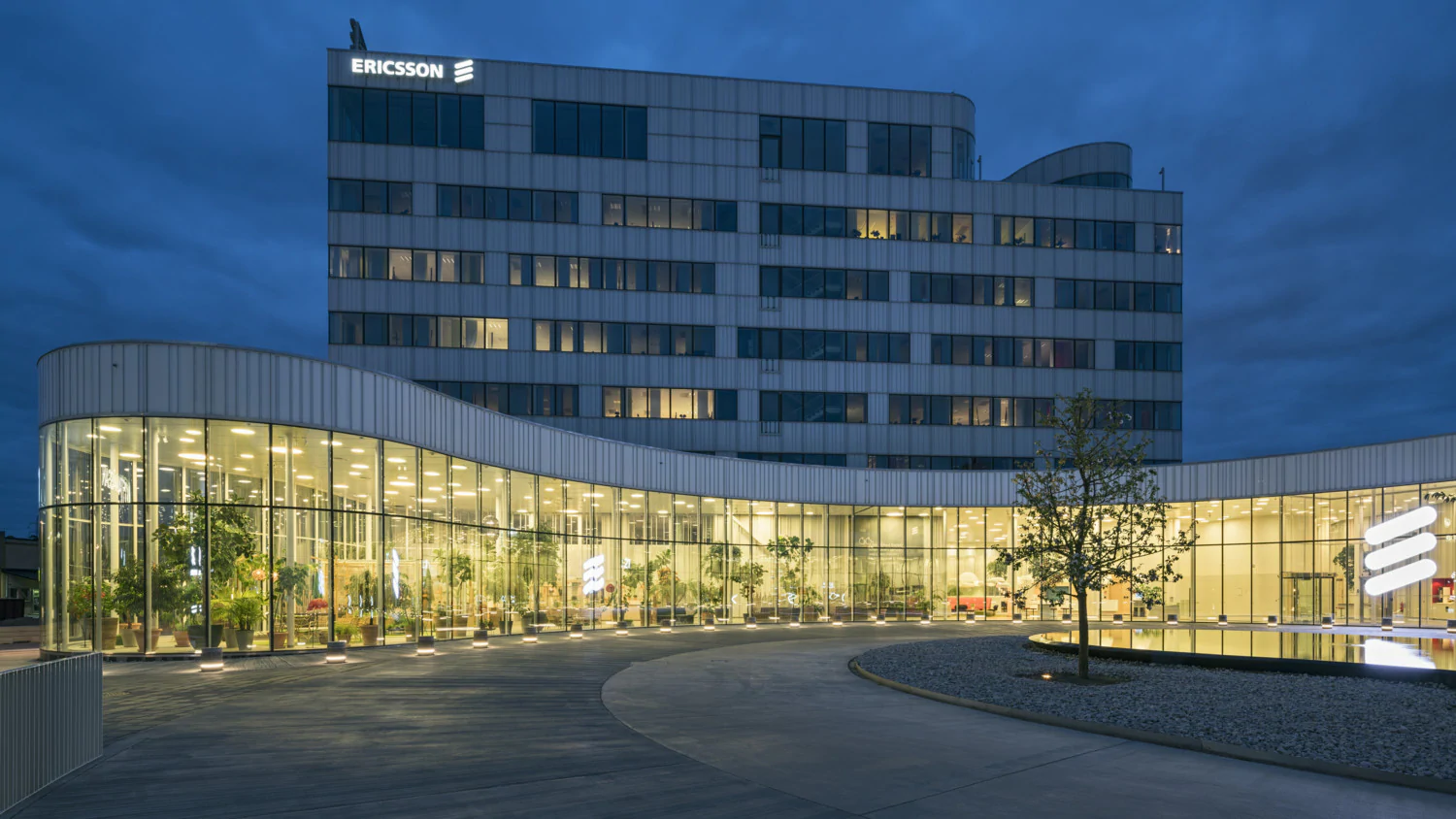RIO DE JANEIRO, BRAZIL – 5G Internet will be accessible to Brazilian consumers in 2022, but the reach of the new technology hinges on the installation of more base stations across the country, said on Wednesday, February 10th, Ericsson’s CEO for Latin America’s Southern Cone, Eduardo Ricotta, and Huawei’s cybersecurity director, Marcelo Motta.

According to the executives, the country has a considerable deficit in the number of stations, something close to 100,000, even for earlier generations of internet signals, such as 4G and 3G. A much greater infrastructure effort would be required for 5G, which requires more antennas.
By way of comparison, Marcelo Motta, from Huawei, says that South Korea – a smaller country with 50 million inhabitants – now has 180,000 stations and China closed 2020 with 800,000 stations, a number that would have been increased, particularly from the third quarter in 2019, with the introduction of the technology in the country.
Likewise, Ericsson’s Ricotta said that 5G will require five times more antennas than former technologies. The Swedish multinational’s CEO said he expects the technology to reach the country by early 2022, with strong expansion by the end of this year. “5G Internet will happen in Brazil in 2022. First, we will hold the frequency auction up to mid-year, and then we will proceed with the cleaning of the operators’ spectrum via satellite, which should take 300 days,” said Ricotta.
Both executives agreed that, depending on the country’s dimensions, population size and infrastructure deficit related to telecommunications, the most appropriate is a non-collectible auction format, such as the one conducted within Brazil’s National Telecommunications Agency (ANATEL) and different from what was seen in the United States. Thus, companies preserve capital for the construction of the infrastructure required for the new network, they say.
“In Brazil, the coming of 5G is taking a little longer and the pandemic has impacted the auction. However, more important than having an auction soon, is to have it the right way, a non-collectible auction, which is what ANATEL is proposing and should be approved soon. Because there is only one budget for the funds [of a potential auction] and for the infrastructure. Despite the delay, there is time for Brazil to recover [in the 5G race],” Ricotta said.
According to the executive, an auction aimed at encouraging investment in infrastructure is more beneficial not only in terms of offering services to the population, but it also provides more revenue gains in the medium and long-term. “We can provide better infrastructure without a collection [auction] and also collect more for the government. The tax burden on telecommunications exceeds 40%, as well as jewelry, alcohol and tobacco. Every time the platform increases, there will be more people connected and this leads to more revenue. I think the government has already realized this,” said Ericsson’s CEO for the Southern Cone.
According to him, between 2021 and 2026, a 10% increase in the number of people connected in Brazil results in a R$26 billion increase in revenue. However, the executive said that from the standpoint of network expansion, this high tax burden is detrimental because it represents an obstacle to hiring by users.
Motta said that the digital economy is growing two and a half times faster than the traditional economy and, therefore, more importantly than a large collection, Brazil needs to expand its internet network soon, targeting applications in the field and particularly in industry, in order to reverse this sector’s loss of efficiency in recent decades. Nevertheless, he said that services came first for individual users and applications in the productive sector will depend on the individual work of companies and the “business ecosystem”.
Motta explained that according to Huawei’s projections, based on the Korean market’s operation, carriers’ revenues and profitability start growing when 5G covers 20% of the population. This percentage would point not only to a significant service to users, but also to a certain degree of presence of the technology in the industry.
As examples of sectorial applications, Motta cited Huawei’s experience in crops in the city of Rio Verde, in Goiás, where the technology was applied to the intelligent distribution of agricultural pesticides, which was reduced in volume by up to 90%, and efficiency gains of around 25% at Huawei’s plant in Sorocaba, which already has a private 5G internet network. This kind of scale application would enable an annual GDP growth of 2.5% for 15 years, says Motta, according to a study by British Deloitte consultancy.
Both Ericsson and Huawei representatives said there are already investments for the development of the 6G technology base, which should be achieved at the end of this decade, but should only reach the market after the end of the 5G “life cycle”, which should last between ten and 15 years.
Source: Valor Economico

